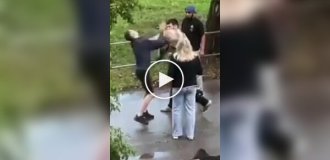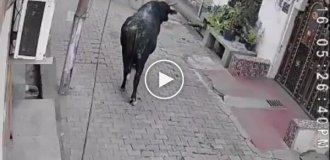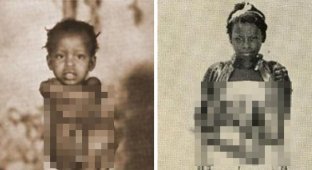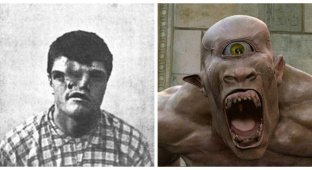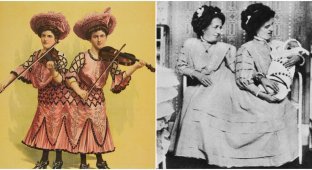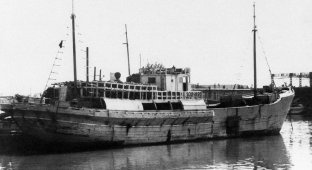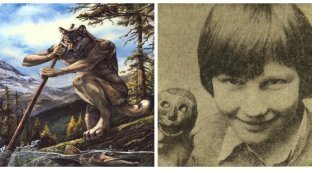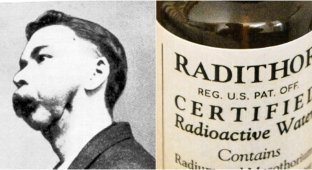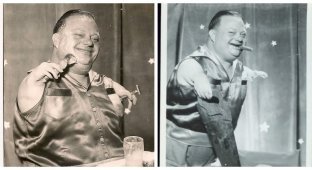Real life nightmares: the Lava Lake murders (8 photos)
Sometimes life throws up such ideas from real practice that any of the creepiest horror films fade in front of them, like children's funny cartoons. 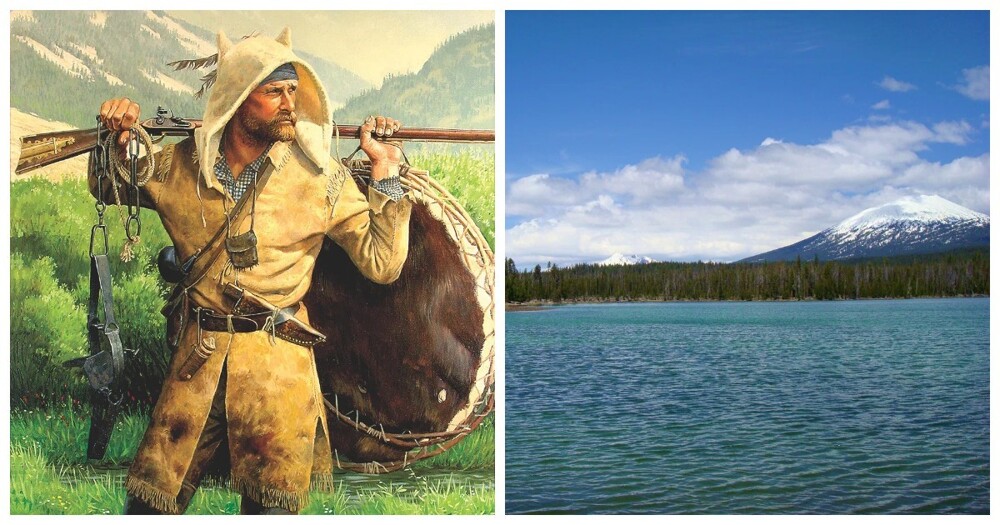
One such story is the Lava Lake Murder. 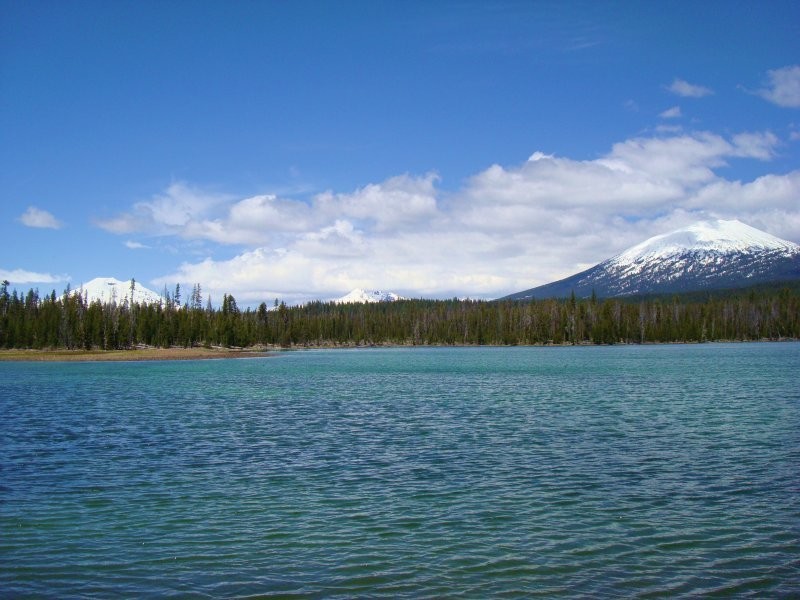
Lake Lava - a wonderful corner of nature
One ordinary April morning in 1924, the weather was stunning in the Deschutes National Forest in Oregon. The sky was a bright blue and the winter frost had given way to a vibrant green. Little Lava Lake, a picturesque body of water in the heart of the forest, had thawed and boats could once again operate on it.
That morning a group gathered on the shore. The men explored the lake, but not to find the perfect fishing spot. They came to pull the bodies of three murdered people out of the lake. The Lava Lake murders shocked Deschutes County and continue to do so today.
Lava Lake Murders 
St. John's wort trapper
The Lava Lake murders are a triple homicide that occurred earlier that year. Dewey Morris (25), Edward Nichols (50), and Roy Wilson (35) were from Bend, Oregon, the county seat. The trio went to the park last year and planned to spend the fall and winter working as fur trappers at the lake.
The trappers decided to stay in a log cabin owned by a Bend logging contractor, Edward Logan. Logan allowed the men to use his cabin in the woods as a base camp.
In exchange for a place to stay that winter, the three men agreed to care for five prized foxes that Logan bred for fur on his property. 
The men lived in a hut like this
This agreement suited everyone, and the guys moved into the hut.
A few days before Christmas 1923, Edward Nichols returned to Bend to sell his furs. He sold a whole team of furs, and local residents said that Edward looked satisfied and happy and said that the trapping was going wonderfully so far.
The men were seen alive again on January 15, 1924, when resort owner Allen Wilcoxen snowshoeed from his home in Fall River to his Elk Lake resort, 26 miles away. Allen stopped and spent the night in a hut, and continued on his way the next morning.
When questioned by police later, Allen said the men were in good spirits and in good health. During his overnight stay in the house, nothing strange happened. Allen told police that the hunters were talking about another successful outing.
This was the last time the men were seen alive.
Disappearance 
Innis Owen Morris, Dewey's brother, began to worry when about two months had passed since he last heard from his brother. The hut was quite remote, but there was no reason for such a long silence. Morris became worried.
Innis asked Tumalo fish farm manager Pearl Lynns to check the hut. Inside the hut, the dining table was set for a meal, and there were pots filled with burnt food on the stove. Whatever happened, it all happened suddenly and unexpectedly.
Abandoned traps, food, winter clothing and rifles were found in the hut, but there were no signs of a struggle.
However, the sleds the men used to transport goods and equipment were missing. Knowing that the trappers were allowed to stay in the hut if they took care of Edward Logan's foxes, the men immediately headed to the fox pen. All five valuable foxes were missing, and only a hammer, stained with blood, was found in the pen. 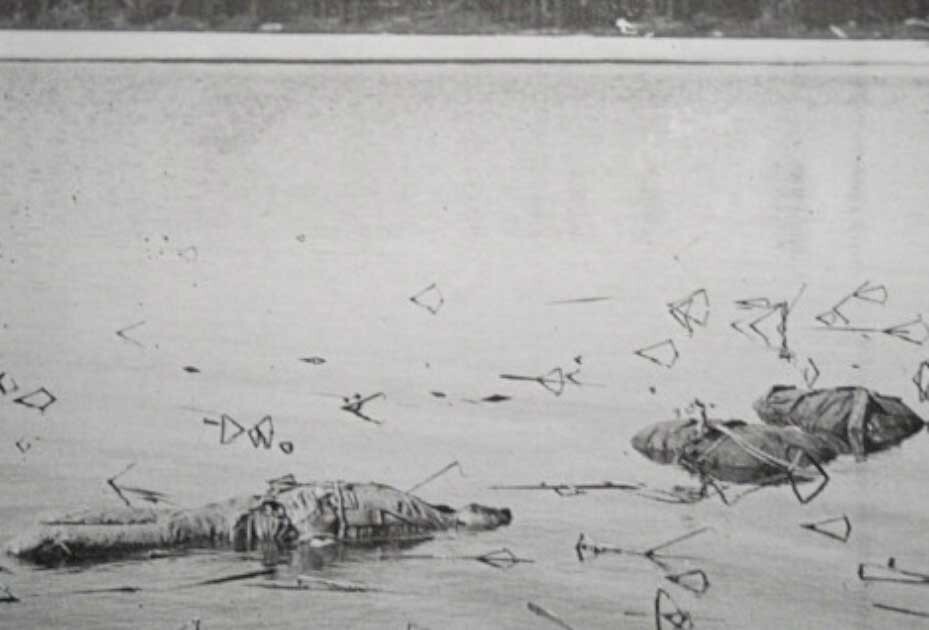
Photos of bodies found in Lava Lake
Alerted to the missing persons, Deschutes County Sheriff Clarence Adams arrived at the cabin to find out what might have happened to the three trappers. Adams was a former animal control officer and knew the area where the cabin was located. Under his leadership, the sleds used by the trappers were found half buried in the snow and stained with something dark. Nearby, officers noticed that a hole had been cut into the frozen lake, which was then re-frozen.
A patch of human blood, a tooth and a tuft of fur were found in the snow. Nearby lay the skillfully skinned skins of five foxes. However, little could be done in the cold, and searches on the lake had to be postponed until the thaw.
When the lake thawed enough to be explored by boat, the bodies of the men were found in the water.
Investigation 
Extracting bodies
The official cause of death for all three men was gunshot wounds and blunt force trauma. According to the autopsy, Ed Nichols was killed by a shotgun blast at close range, which severed his lower jaw and crushed part of his chest.
Dewey Morris was shot in the left elbow and a hole was found behind his right ear, likely caused by a hammer blow to the skull. The last trapper, Roy Wilson, was shot in the right shoulder. An entry hole from a bullet was found behind the left ear.
A medical examiner believed the men were killed around January. This happened after Allen Wilcoxen stopped at the cabin.
Given the remote location and the skillfully removed fox skin, the police decided that the killer was most likely familiar with the area. Following a tip from a man named Edward Logan, police turned their attention to Lee Collins, a trapper who had threatened to kill Nichols last year.
It turned out that Lee Collins is not the man's real name. His name was Charles Kimsey. Kimzey was a criminal who had escaped from the Idaho State Penitentiary, where he had been sentenced to 15 years, and was on the run. Kimzee was also a skilled hunter.
Most recently, he was charged with the attempted murder of a stagecoach driver who was hired to take Kimzee back to Idaho. Halfway through the journey, Kimzey attacked the driver, tied his hands and feet and threw him into a well. 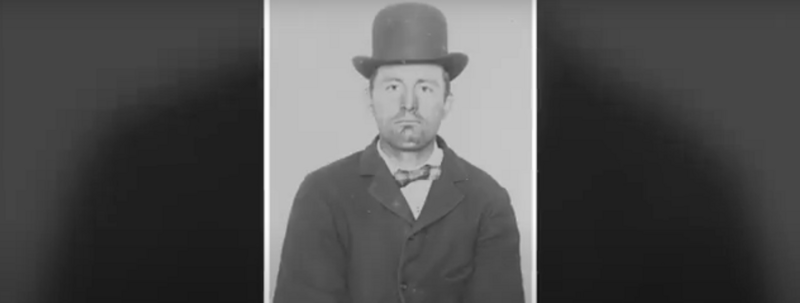
Charles Kimsey
The driver was able to free himself from his bonds, climbed up the wall and went to a neighboring house for help. He was also able to identify Kimzey as the assailant. Kimzey was charged, but fled town before trial and disappeared.
It took police nine years to find Kimzey in Kalispell, Montana, and take him into custody. During interrogation, he gave an alibi that at the time of the murders he was working in Colorado on the construction of the Moffat Tunnel: he claimed that he had never heard of the three hunters or their deaths.
Kimzey was unable to prove his alibi, but with only circumstantial evidence linking him to the murders, authorities were unable to press charges. However, Kimzey ended up in Oregon State Penitentiary anyway, where he received a life sentence for attempting to murder a stagecoach driver.
Kimzey was never formally charged with the Lava Lake murders, but he was a suspect for nearly a century.
Kimzey's accomplice may have been a man named Ray Jackson Van Buren.
Van Buren was linked to several unsolved murders throughout Oregon, but no evidence was ever found. Van Buren committed suicide in 1938, five years after Kimzey's capture, taking all evidence of his involvement in the Lava Lake murders to his grave.
The case remains unsolved and is one of the oldest unsolved murder cases in state history. What happened and who dealt so harshly with the three trappers in the hut in 1924 will remain unknown. The real killer could be hiding in the forest, remaining unnoticed, and then mix with the residents of the city and, laughing to himself, watch the panic of people and the progress of the investigation, which took a wrong turn.







